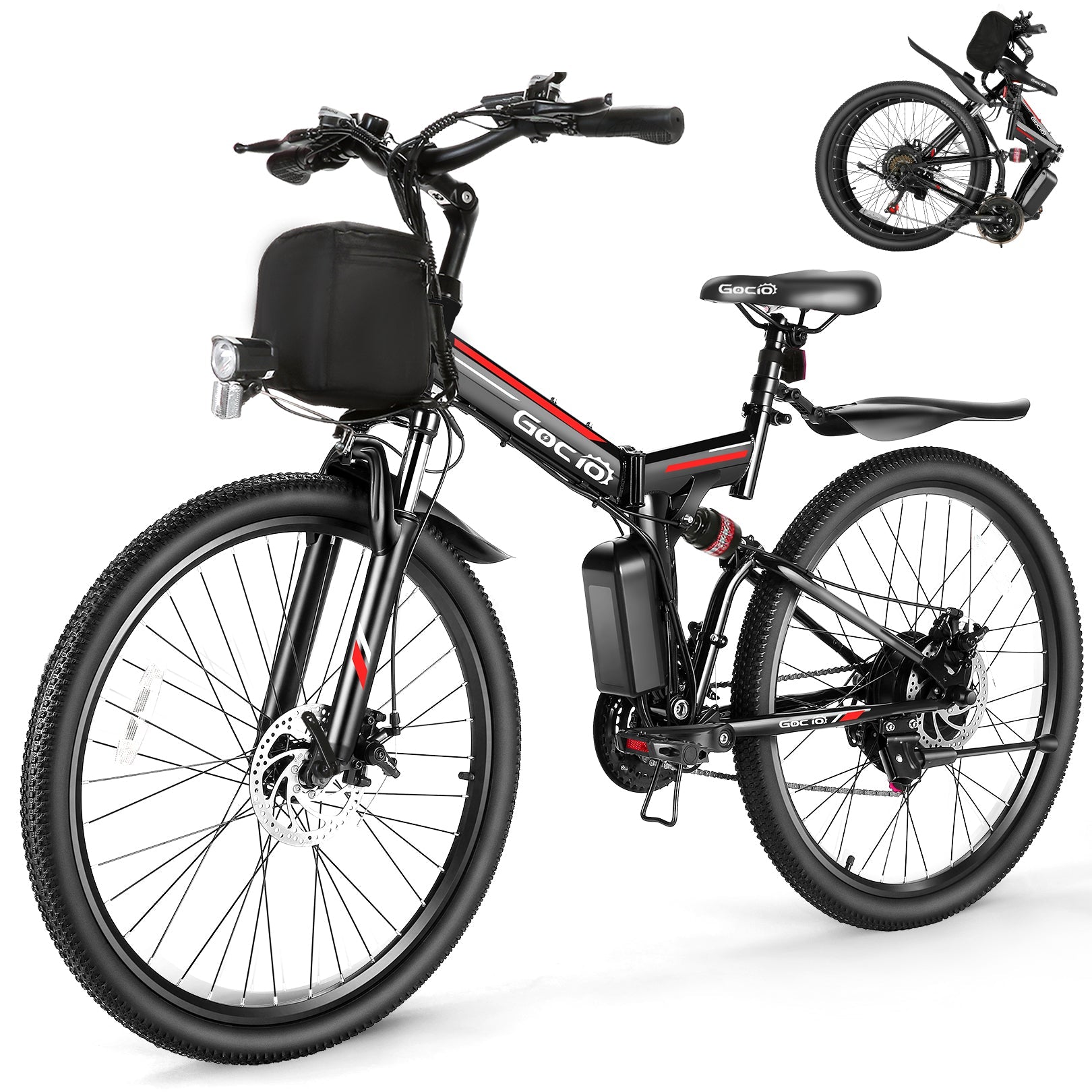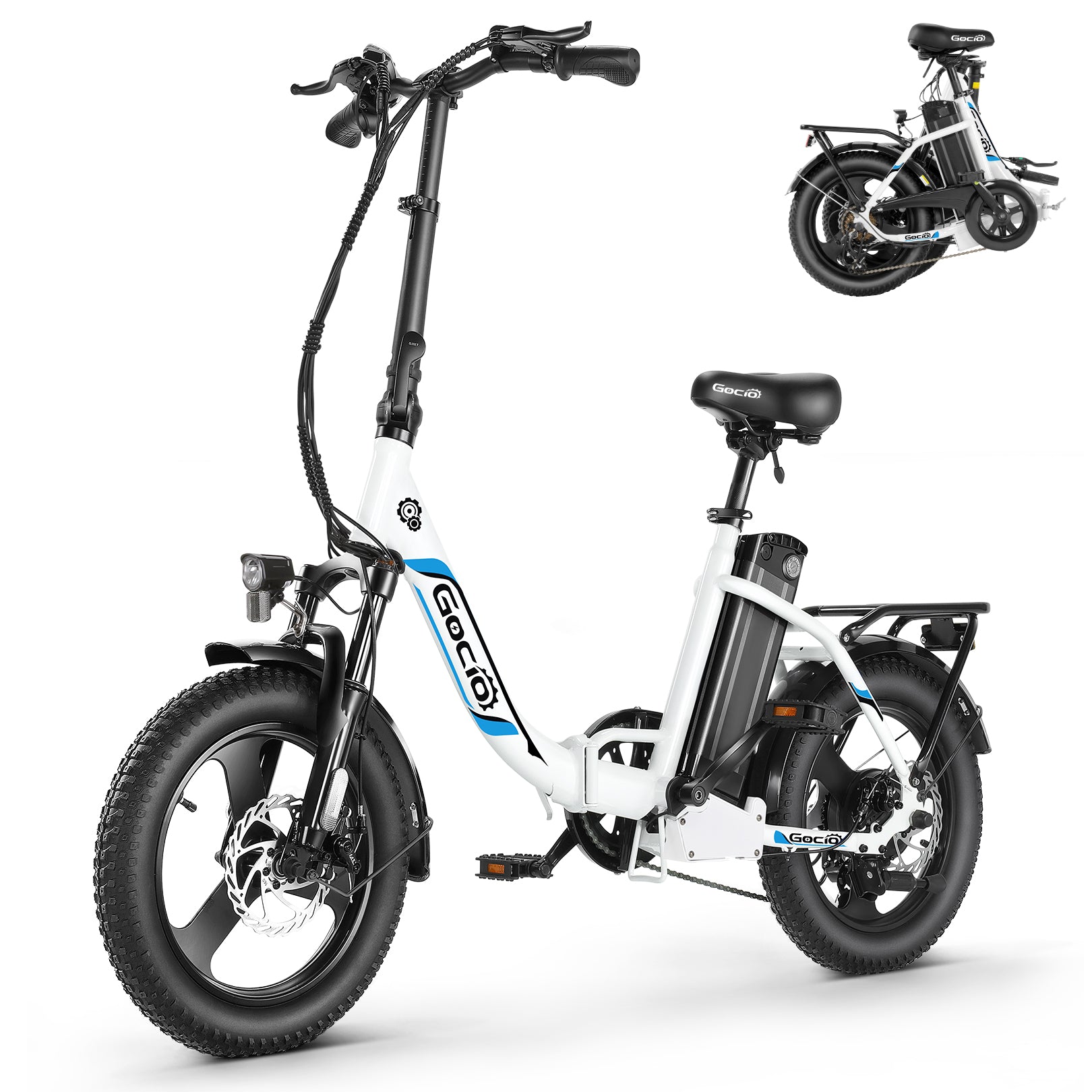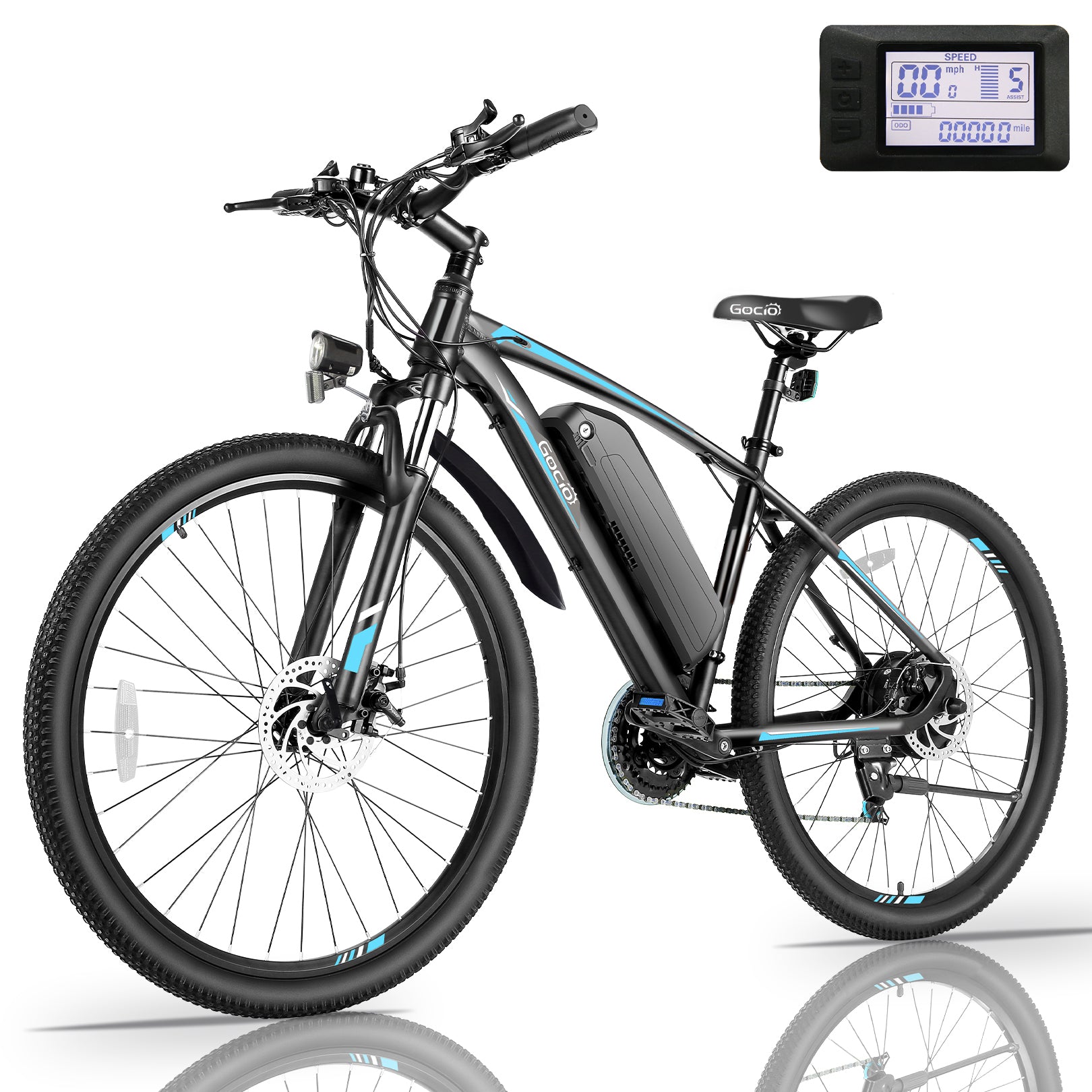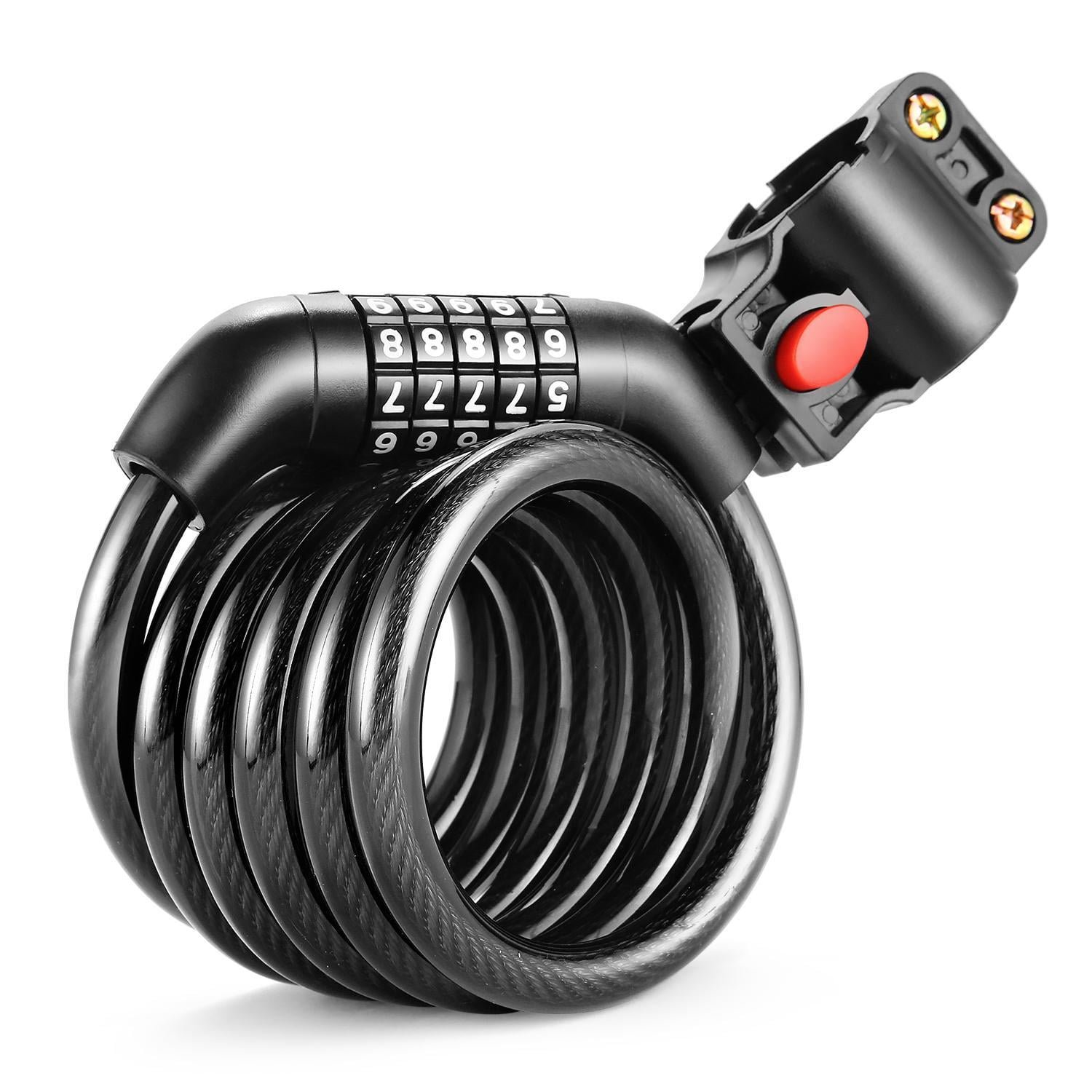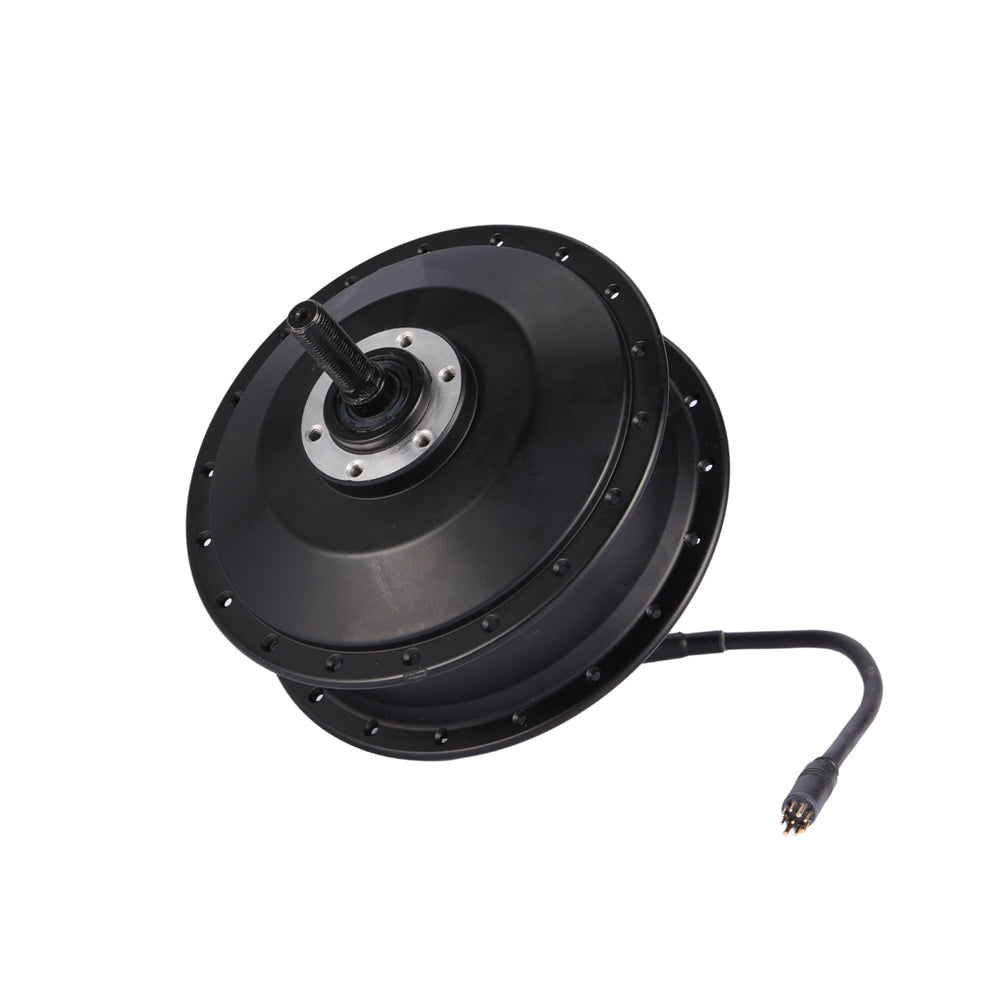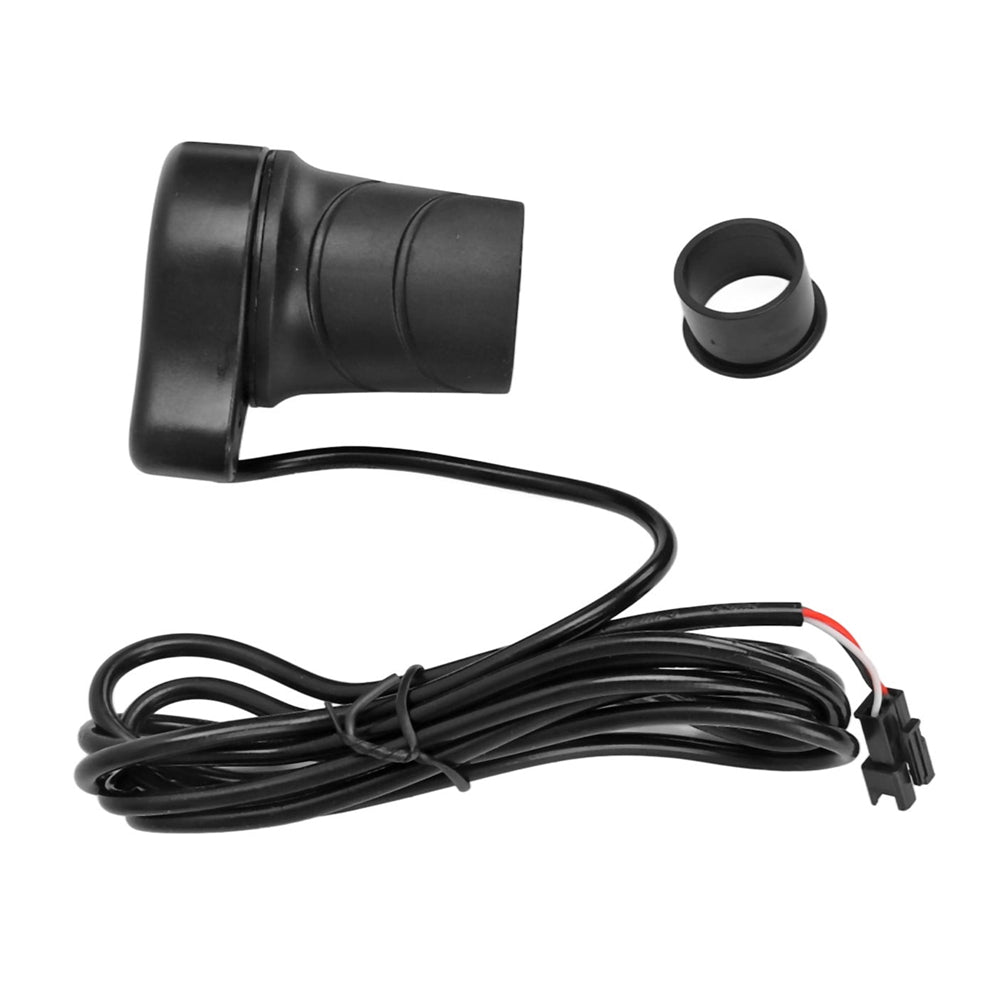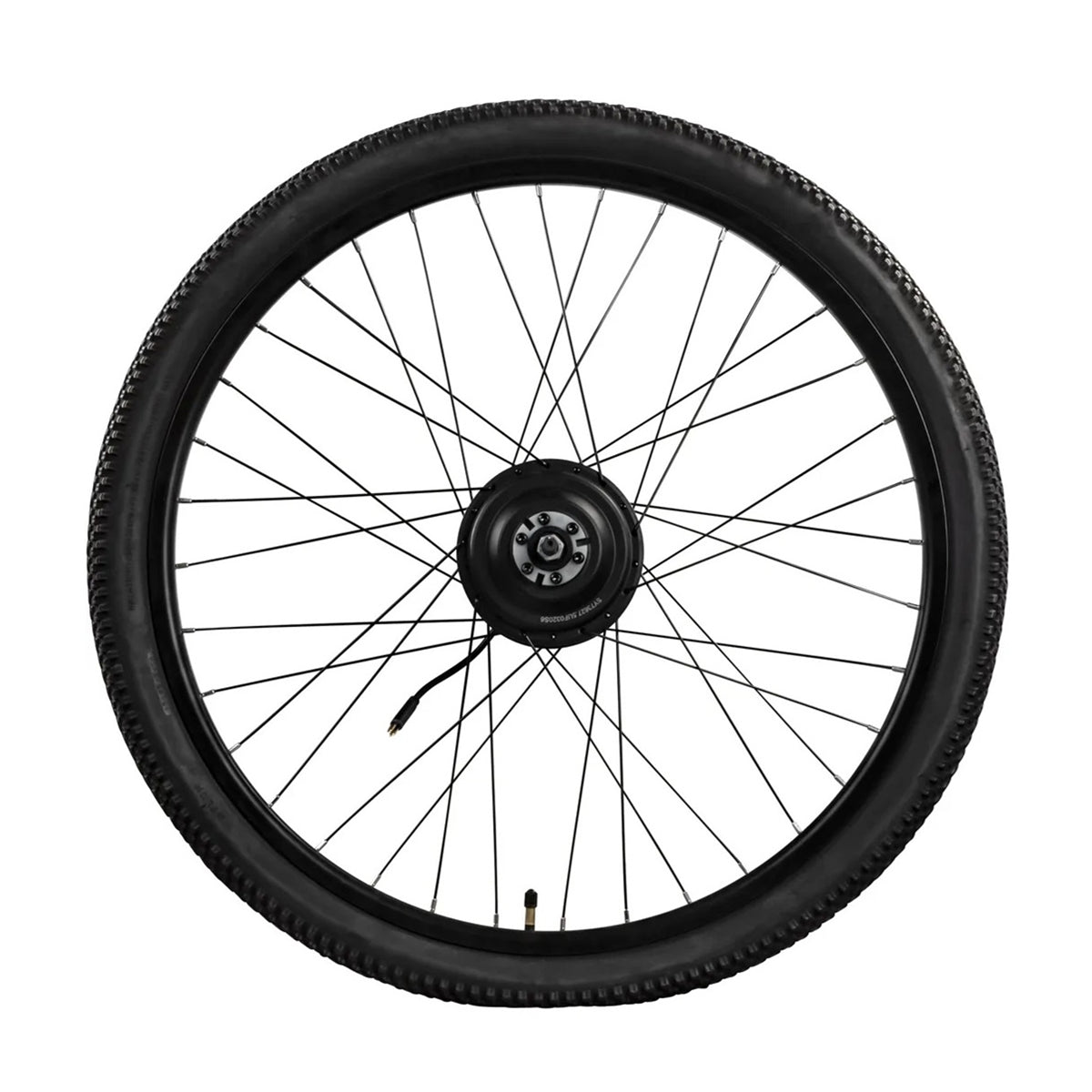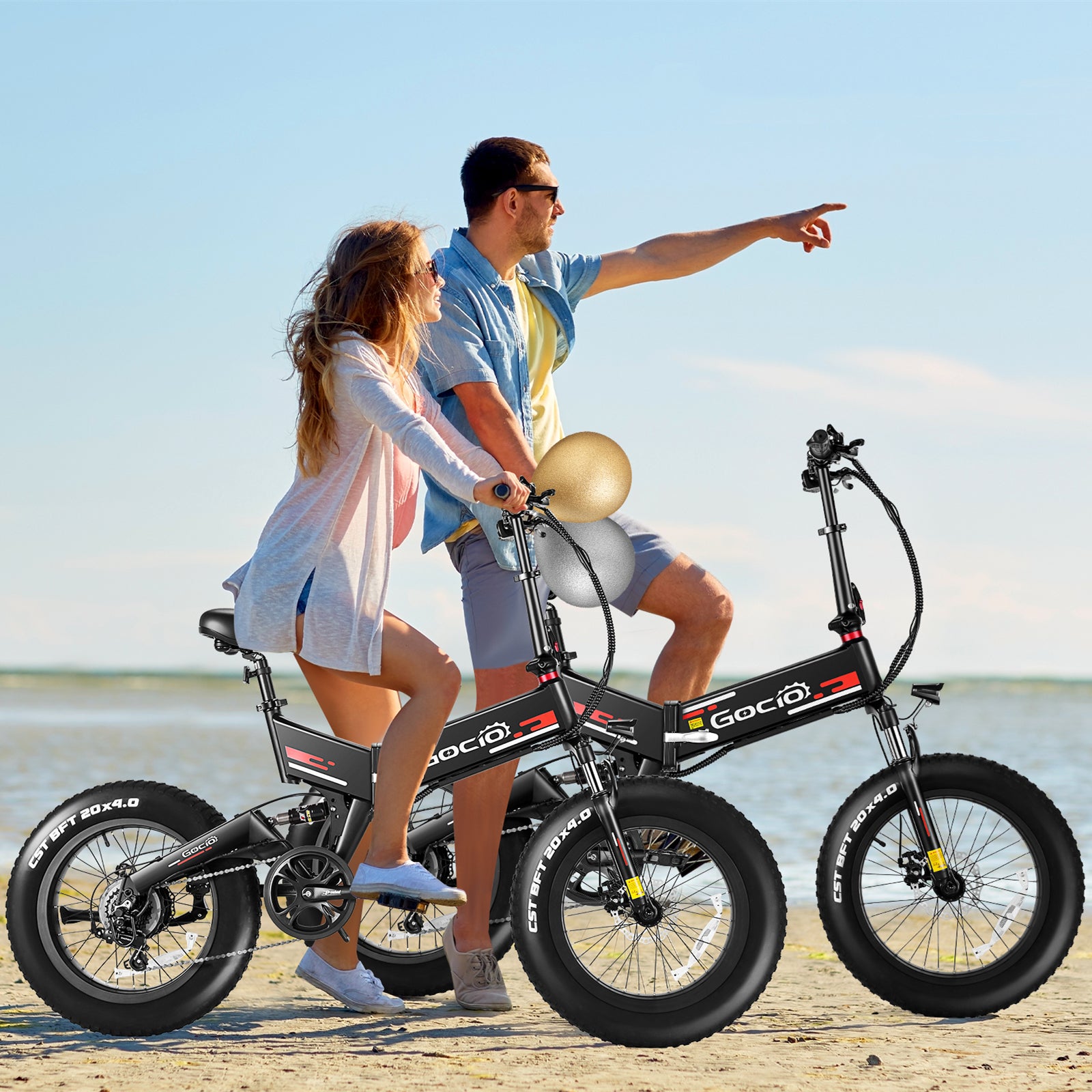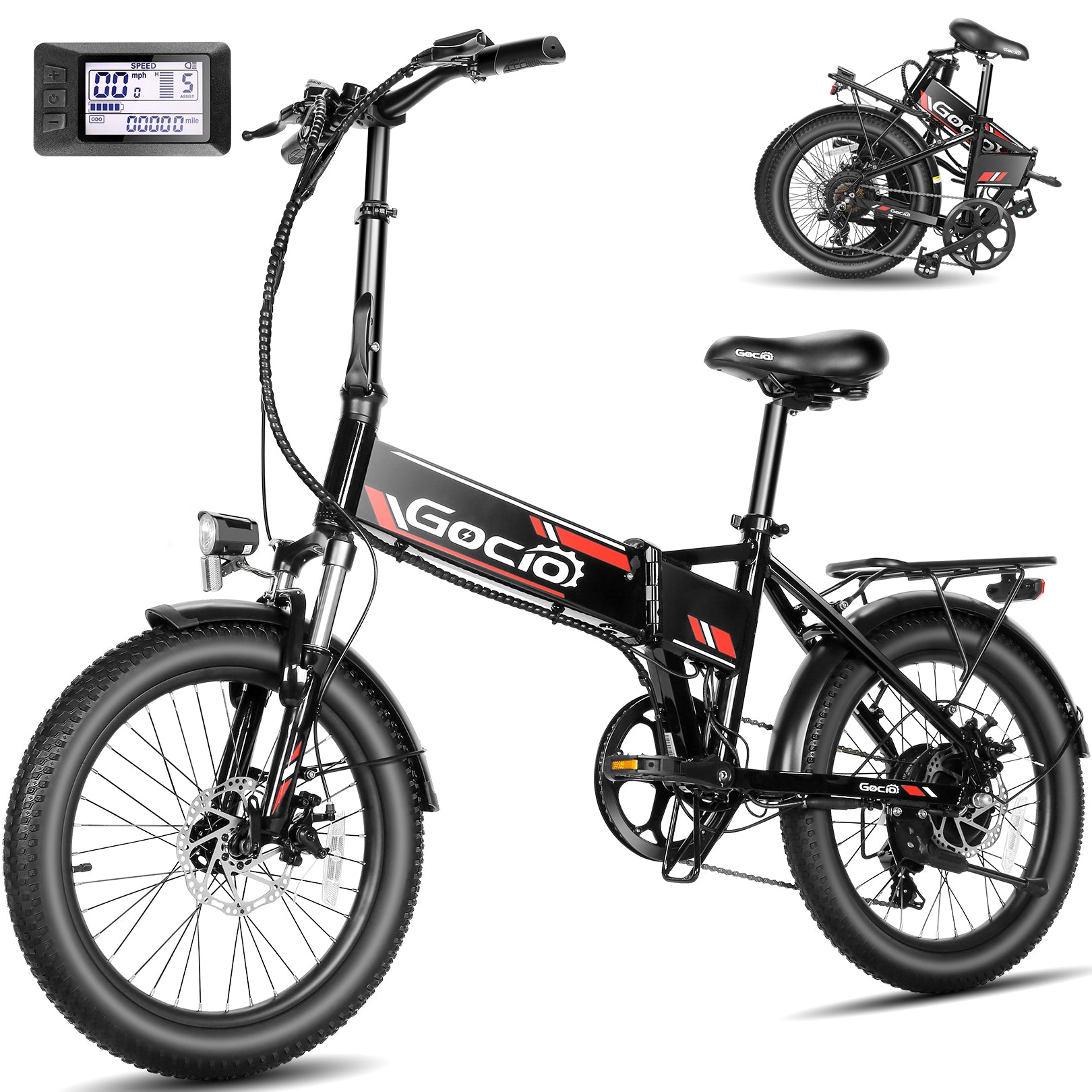The hum of an electric motor is becoming an increasingly common sound on American streets and trails. E-bikes, once a niche product, have exploded in popularity, transforming the way we commute, recreate, and even deliver goods. As of mid-2025, the U.S. e-bike market is in a vibrant state of growth, driven by a blend of technological advancements, shifting consumer preferences, and a growing emphasis on sustainable transportation.
A Market on the Rise
The numbers speak for themselves. The U.S. e-bike market is projected to reach a valuation of USD 8.39 billion by 2032, expanding from USD 2.65 billion in 2024, at a compound annual growth rate (CAGR) of 15.6% from 2026 to 2032. This robust growth isn't just about recreation; e-bikes are increasingly seen as a viable solution for urban mobility, helping to alleviate traffic congestion and reduce carbon emissions. In fact, some reports indicate that e-bike sales have surpassed electric car sales in the U.S. in recent years.
This robust growth is fueled by several key trends:
Environmental Consciousness: As concerns about climate change and urban congestion intensify, consumers are actively seeking sustainable transportation alternatives. E-bikes offer a zero-emission solution, reducing reliance on gas-guzzling vehicles and promoting cleaner air.
Technological Advancements: Innovation is at the heart of the e-bike boom. Lighter frames (often incorporating carbon fiber and magnesium alloy), longer-lasting and faster-charging lithium-ion batteries, and more efficient, quieter motors are making e-bikes more appealing and practical. Smart connectivity, GPS, anti-theft features, and even AI integration are becoming increasingly common, transforming e-bikes into sophisticated personal mobility devices.
Affordability and Accessibility: While high-end models can still command premium prices, the market is seeing a surge in more budget-friendly options, particularly in the $200-$400 range. The growing availability of used e-bikes further democratizes access. E-commerce platforms are also playing a significant role, with online e-bike purchases growing by 60% year-over-year in 2024.
Versatility and Specialization: The "one-size-fits-all" approach is fading. The market now boasts a diverse range of specialized e-bikes, including urban commuters, robust e-mountain bikes (e-MTBs) for off-road adventures, and practical e-cargo bikes for families and businesses. This caters to a wider array of consumer needs and preferences.
Urbanization and Congestion: In increasingly crowded cities, e-bikes offer a swift and efficient way to navigate traffic, reducing commute times and alleviating urban stress. Bike-sharing programs and subscription models are also gaining traction, offering flexible access to e-bikes without the burden of ownership.
Navigating the Regulatory Landscape and Economic Headwinds
Despite the undeniable momentum, the US e-bike market isn't without its challenges. Regulation remains a key hurdle, with varying rules across states creating confusion for both manufacturers and consumers. There's an ongoing push for more standardized safety requirements, with the Consumer Product Safety Commission (CPSC) proposing to incorporate UL 2849-20 (Standard for Safety for Electrical Systems for E-bikes) and UL 2271-23 (Standard for Safety for Batteries for Use in Light Electric Vehicle Applications) as federal standards. This could impact inventory values if existing e-bikes don't meet the new criteria.
Furthermore, tariffs on imports from China, a major hub for e-bike manufacturing, continue to be a factor. A 25% tariff on most e-bikes and components from China is already in place, and proposed additional tariffs could push prices even higher for consumers. This encourages some companies to diversify their supply chains, shifting production to countries like Taiwan, Vietnam, and Cambodia.
Incentives and the Road Ahead
While a broad federal e-bike rebate program is currently not in place, the "E-BIKE Act" has been reintroduced in Congress, proposing a consumer tax credit covering 30% of the cost of a qualified e-bike (up to $1,500). In the meantime, numerous states and local municipalities are stepping up with their own incentive programs. California, for example, has seen immense demand for its e-bike incentive project, offering up to $2,000 for income-eligible residents. Other states like Rhode Island, Vermont, Washington, and cities like Portland (Oregon) and Washington D.C. are also implementing or developing similar initiatives, making e-bike ownership more accessible.
The future of electric bikes in the US looks incredibly bright. As technology continues to advance, prices become more competitive, and supportive infrastructure (like dedicated bike lanes and charging stations) expands, e-bikes are poised to become an even more integral part of the American transportation landscape. Whether for commuting, recreation, or specialized uses, the electric revolution on two wheels is just beginning to pick up speed.




